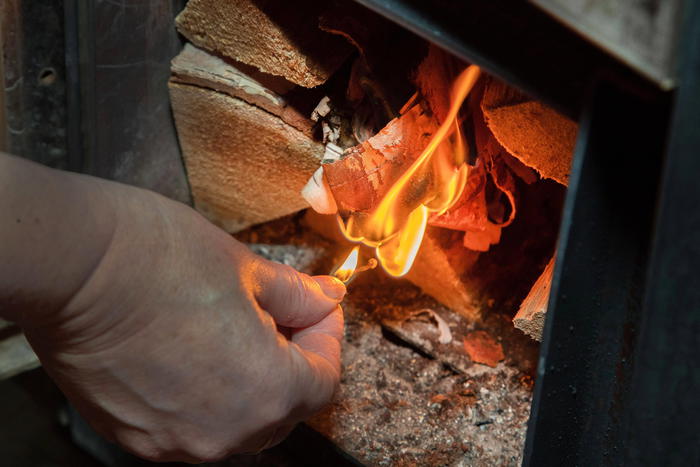Domestic heating, in particular the use of wood, contributes to overcoming the limits of PM10 fine particles that are dangerous to health, and therefore to air pollution.
The confirmation comes from the National Research Council which participated with the Institute of Atmospheric and Climate Sciences (Cnr Isac) in a study, coordinated by the Study Center for Air Quality and Climate Change of the Foundation for Research and Technology Hellas (C-STACC) of Patras in Greece and published in the Pnas magazine.
"Despite the anti-covid limitations to mobility, overruns of particulate concentrations in the Po Valley continue to be observed", explains the CNR, adding that the study shows that secondary particulate matter is not generated only by traffic and agricultural emissions.
Data from the Regional Agencies for Environmental Protection (ARPA) show that the levels of fine particles dangerous to health (PM2.5 and PM10) in the Po Valley remain high despite traffic restrictions.
"Much of the PM in the Po Valley is of secondary origin, that is, formed from gaseous precursors that react in the atmosphere", says Marco Paglione researcher at Cnr-Isac and author of the study.
"The mechanisms by which these pollutants are transformed into particulate matter are still being studied, also because in the cold months the solar radiation - which is usually the engine of the chemical reactions that regulate the concentrations of secondary pollutants in the atmosphere - is reduced to a minimum".
However, the study opens up new perspectives showing how "secondary particulate matter is formed rapidly also through chemical transformations of pollutants that occur in the absence of radiation (dark aging) and which are promoted by the presence of liquid particles in the atmosphere, such as fog. Our study highlights how also the emissions from the combustion of wood for domestic heating, such as those from wood stoves and pellets, suffer the same fate, contributing to the total concentrations of PM more substantially than previously assumed ", concludes Paglione.
(HANDLE).

